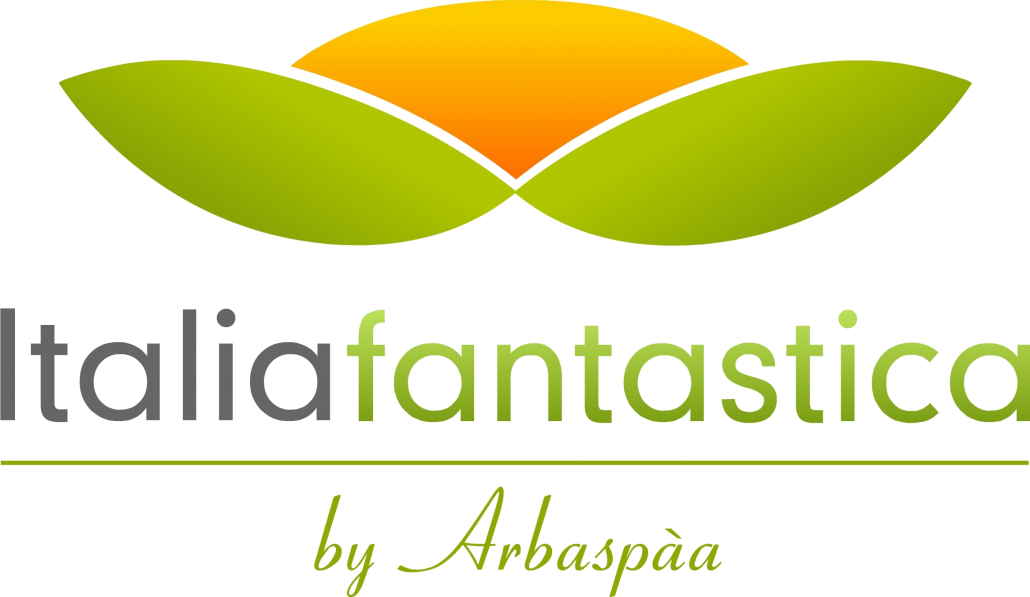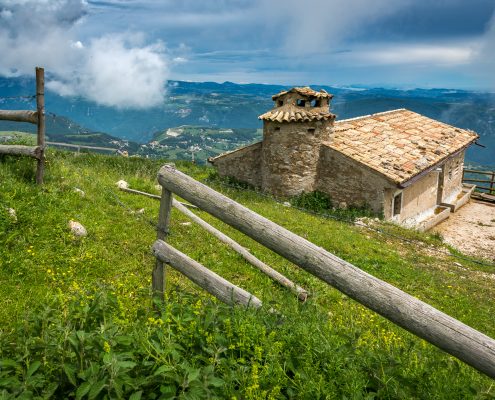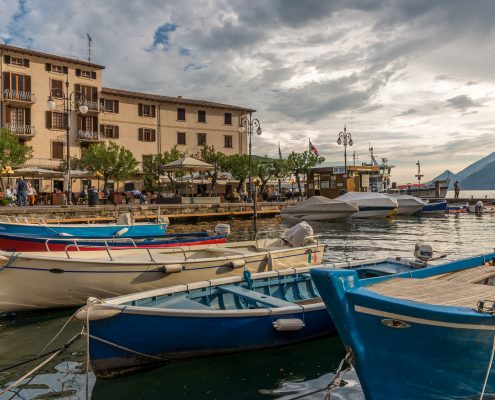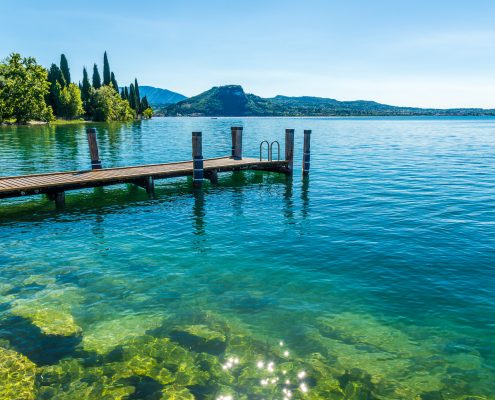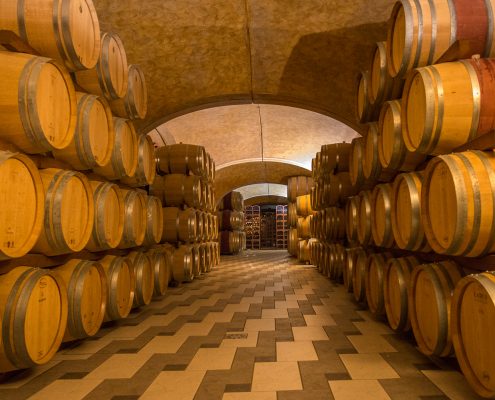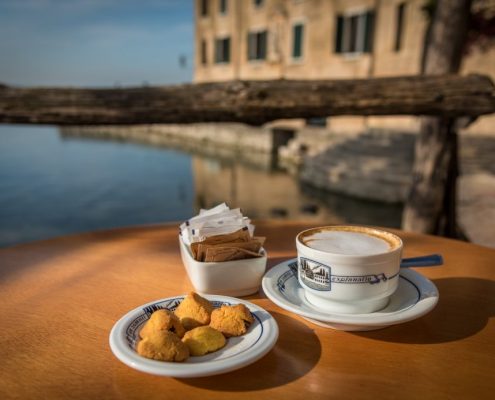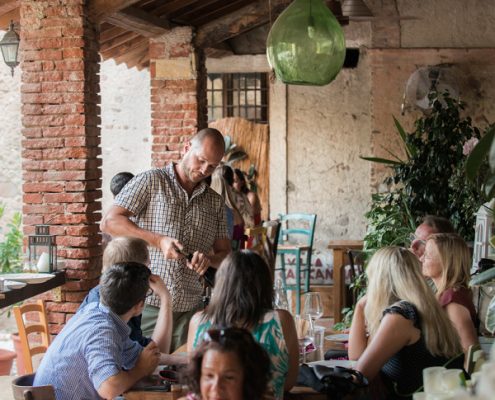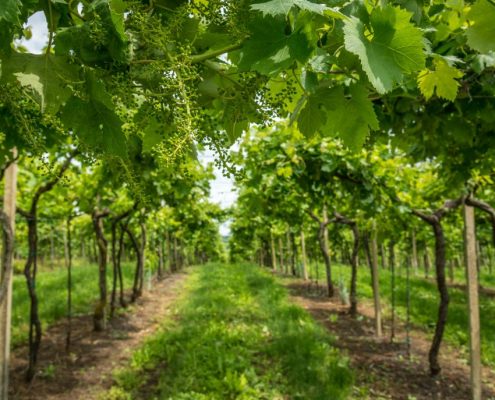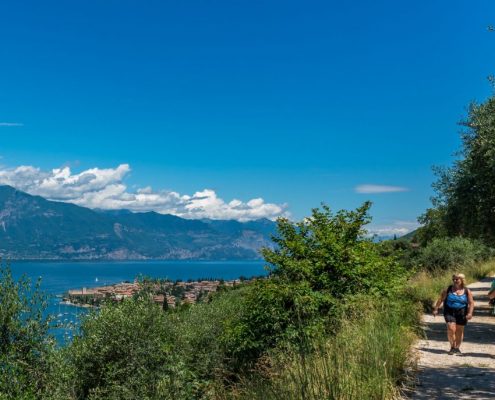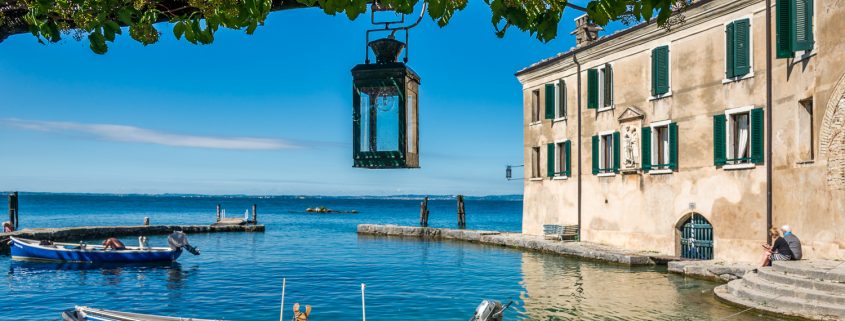Veneto
Situated in Italy’s northeast, Veneto extends from the Dolomites to the Adriatic Sea, by way of an expansive range of hills and a valley furrowed by rivers, canals and the Po River Delta.
The typical scenery of Veneto’s coast is the Venetian lagoon, and, right on this very lagoon stands perhaps the most unique city in the entire world – Venice, visited by millions of tourists every year.
Yet all of the Veneto, a region with a thousand different faces, is the custodian of natural, artistic, and traditional treasures.
Veneto expresses an extraordinary variety in its scenery: from the Dolomites, dipped in the crimson shades of the sunset, to the eastern shore of Lake Garda and Peschiera del Garda, Torri del Benaco and other tourist destinations. Long, sandy beaches alternate with well-known resorts such as Jesolo, Bibione, Cavallino and Caorle.
In this spectacular natural setting lies a rich cultural heritage that renders the Veneto such a fascinating region, from its cities of art to the magnificent Palladian villas scattered along the Brenta Riviera.
Veneto is also an ideal destination for a vacation of comfort and relaxation, thanks to its possession of thermal waters with their valuable therapeutic properties: the gentle slopes of the Euganean Hills are home to the well-equipped facilities of the Euganean Spas: e.g. Abano, Montegrotto and Teolo, where guests can combine treatments and therapies with pleasant excursions out into the surrounding areas.
What to see
Veneto is a region full of fascination and charm, with countless natural and artistic attractions, as well as a wide range of not-to-be-missed sights and localities.
The first stop on your journey of discovery, naturally, should be Venice, a UNESCO World Heritage Site that also comprises its lagoon, islands and the Grand Canal, flanked by ancient, embellished buildings that recall the splendor of the ancient Maritime Republic.
Venice, famous for its historic Carnival, Murano glass, and Burano lace, can be visited on foot, via small lanes (called calli) (and over numerous bridges) – or by boat – from steamboats to gondolas, carrying passengers along the canals to admire some of the most singularly special panoramas in the world. Piazza San Marco, with its Basilica flaunting Byzantine mosaics and domes; the Doge’s Palace, the labyrinth of lanes dotted by shops and workshops; churches decorated with paintings, sculptures and frescoes; museums and even the most hidden piazzas, are all unforgettable.
Another site on the UNESCO list is Verona’s historic center, a unique blend of the Renaissance, Medieval and Roman architectonic styles.
The city’s most famous monuments are Juliet’s romantic balcony, made famous by Shakespeare’s tragedy, and the arena, which becomes a spectacular outdoor opera house during the summer.
Nature is another one of the Veneto’s excellencies: the Dolomites were recently added to the UNESCO World Heritage List due to their remarkable shape and the fascinating interplay of light between their peaks and pinnacles.
Padua, the city of culture par excellence, offers its visitors many attractions, from the Basilica of St. Anthony, a destination for religious tourism, to the wonderful Scrovegni Chapel, a timeless masterpiece entirely frescoed by Giotto. Its 16th-Century Botanical Garden, rich in medicinal herbs, is also a World Heritage Site.
The historic center of Vicenza, characterized by the classical style of architect Andrea Palladio, has also been granted UNESCO status, together with the marvelous stately homes he designed, including the stunning Villa Capra Valmarana and Villa Poiana, surrounded by great parks.
This region has many more surprises in store for visitors to Belluno, Treviso and Rovigo. Even the smallest towns are steeped in history and culture: Asolo, a picturesque Medieval village; Possagno, dominated by the Mausoleum of Canova; and the walled towns of Cittadella, Monselice, Montagnana and Castelfranco Veneto, are by now integral parts of the regional landscape.
What to taste
Although the cuisine does differ from one province to another, the food of the region is based on some common ingredients: rice, vegetables and especially polenta.
Polenta, particularly loved by the natives of Veneto, is prepared and eaten with meat, fish or cheese. Beans from Lamon (province of Belluno) are a typical product of the area, as is asparagus from Bassano del Grappa, the celeriac of Verona and the red radicchio of Treviso, which has become a universal ingredient even outside Treviso.
Another specialty of this province is the soapa calda, a warm soup with pigeon and chicken; in the nearby areas of the Alps you can also have mushrooms and roe deer, while the Asiago Plateau is well-known for its cheese.
In the lagoon, on the other hand, it’s seafood.
Among the typical dishes of the area are risotto with scallops, scampi and cuttlefish, sarde in saor (sardines marinated with vinegar and onions), dried salt cod or Vicenza-style cod. Stewed eel (bisato) is a Venetian specialty.
There are many typical desserts, including fritters, zaletti (polenta cookies), Carnival galani (pastries) and the pandoro from Verona that later became renowned nationally.
Veneto also boasts an extensive and valued production of red and white wines, including Amarone di Valpolicella, Breganze Bianco, Bardolino and Soave, to mention but a few. Raisin wines are best represented by the Recioto di Soave; sparkling wines (spumante) are also a favorite , in particular Prosecco from Conegliano-Valdobbiadene. The production of grappa is remarkable in Bassano del Grappa and in Conegliano.

